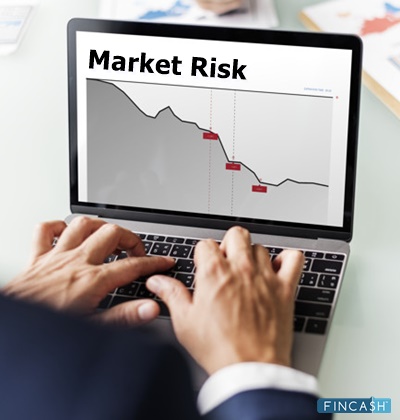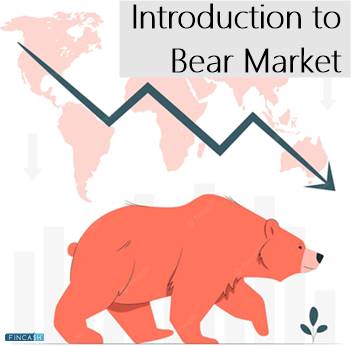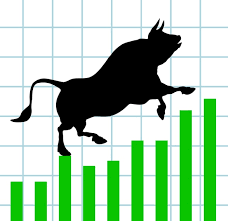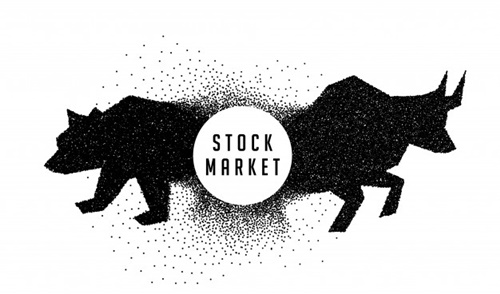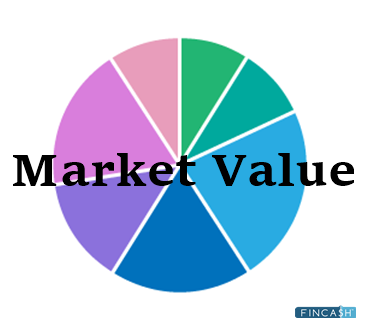
Table of Contents
Market Exposure
What is Market Exposure?
Market exposure is a term that refers to the absolute fund amount or percentage of a Portfolio that is invested in security or group of securities which are a part of the same Industry or sector in a market. Market exposure is always mentioned in terms of a percentage of the total portfolio holdings of an investor. It represents the amount of money that investors may lose because of certain risks associated with a given investment.

If the market exposure is high, the risk associated with a specific industry, sector or investment area is also high. If the exposure and risk is divided, you can understand how the assets are divided in an investment portfolio. Separating investment class in such a way will enable investors to mitigate the risk.
Investment Type and Market Exposure
Investments can be categorised by the Asset Class type involved. For example, a portfolio can have 40% Bonds and 60% stocks. This makes the investors’ market exposure to stocks as 60%. The investor will lose or gain more depending on the stocks and how they perform in the market.
Region and Market Exposure
An investor can examine holding by location when examining the market exposure in a portfolio. With this, the investor might be separating domestic investments from the foreign investments and further diving foreign market by specific region in the world or as emerging markets.
For example, an investor may have a portfolio with 70% domestic stocks and 30% foreign stocks. If more exposure is desired, the foreign holding may be divided further in to show 20% in Asian markets and 10% in US markets. Industry and Market Exposure
Talk to our investment specialist
Investments can be divided by industry or economic sector. An investor’s market exposure might be 70% to stock, and 30% market exposure to the health care sector, 30% to the technology sector, 20% to the Financial Sector, etc. Here, the health care sector is having more market exposure.
Risk Management
When it comes to considering market exposure, it is important to also consider the overall risk exposure of a portfolio when it comes to Asset Allocation. Focus on risk exposure can increase returns or minimise loss.
Market exposure will be classified according to the long-term investment objectives of portfolio holder. Experts from the industry recommend that a portfolio should include a Range of assets to avoid overexposure to a particular sector or asset class.
All efforts have been made to ensure the information provided here is accurate. However, no guarantees are made regarding correctness of data. Please verify with scheme information document before making any investment.


